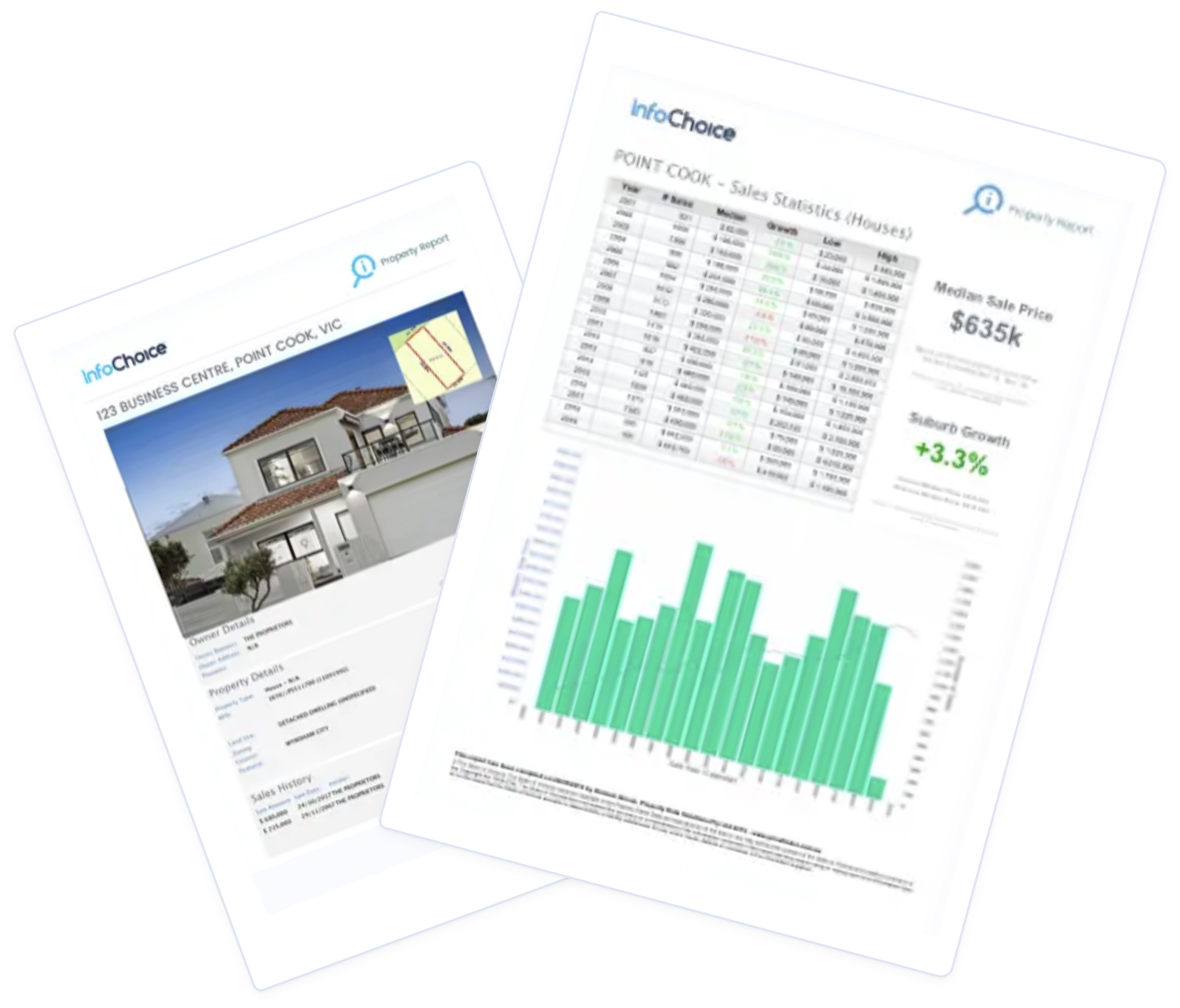What is an offset account?
An offset account is a transaction account linked to your home loan. The balance in this account 'offsets' the outstanding loan amount, and is subtracted from the principal amount when interest is calculated. For example, you might have $300,000 outstanding on your home loan, but $50,000 in your offset account. When your lender calculates your interest bill, they will use a loan balance of $250,000.
A common misconception with an offset account is that it lowers your regular repayment. It doesn’t. Your repayment stays the same, however, more of the repayment will go towards repaying the principal and not interest. This can shave months or even years off the life of your home loan, and save you a lot of interest in the process.
How to choose between home loans with an offset account
When comparing home loans with offset accounts, keep the following factors in mind:
Interest rates
As with any loan product, you should always shop around and compare the interest rates offered by different lenders to ensure you're getting a competitive deal. It’s no use incurring fees or a higher interest rate for an offset account if you’re not getting the most from it.
Fees and charges
Consider any ongoing fees associated with the loan or offset account and evaluate their impact on your overall cost. Using the comparison rate as well as the nominal interest rate is a good way to make sure you won’t be hit with substantial additional charges.
If you see a home loan product with a big difference between the comparison rate and the advertised rate, it’s likely there are lots of these extra fees. Look at the exact cost of the offset account and decide if it’s worth it; many people don’t get the full use or cost effectiveness out of their offset.
Loan features
Look beyond the offset account and assess other features like flexibility with repayments and the loan term, as well as other benefits. This could include unlimited additional repayments, and other flexible features.
Full or partial offset account
Some offset accounts only partially offset the balance against the loan amount. A full offset account means that 100% of the funds are subtracted from the loan amount: if you owe $200,000 and you have $50,000 in the offset, your interest bill will be based on $150,000. However, some accounts only partially offset the balance. If you had the same scenario with a 50% offset, your outstanding loan amount for interest purposes would become $175,000 (subtract 50% of $50,000).
While partial offset accounts don’t have the same benefits, you might find these products have a lower interest rate than those including a full offset. It’s worth sitting down and crunching the numbers, long term over the entire life of the loan, to work out which option will leave you better off in the end.
How much can you save with an offset account?
Imagine you have a $500,000 home loan, paying 5% p.a in interest over 30 years. This is how much you could save over the life of the loan making extra payments into an offset account.
|
Extra monthly payments |
Total interest bill |
Potential savings |
|---|---|---|
|
$0 |
$466,278.92 |
$0 |
|
$500 |
$313,377.65 |
$152,901.27 |
|
$1000 |
$238,541.25 |
$227,737.67 |
|
$2000 |
$162,812.4 |
$303,466.52 |
Data sourced from Infochoice’s mortgage repayment calculator.
Advantages of an offset account
Choosing a home loan with an offset account has several benefits:
Interest savings
The main advantage of using an offset account is a reduced interest bill. The more money you keep in your offset account, the less interest you'll be charged on your home loan.
Sometimes saving interest is better than earning interest on a savings account, because saving interest is tax-free. You will need to do the sums to figure out if saving interest is better than earning it.
Pay off your loan faster
If you have money in an offset account, your interest bill goes down, but your repayments don’t change. A greater proportion of your regular repayments will go towards paying down the principal, which often means you can pay the loan off sooner.
Flexibility
You can use your funds in the offset account whenever you need them, for everyday transactions. You can use it like you would a regular bank account and have your pay deposited, or you can use it like a savings account and put extra money in there with the aim of building it up over time.
Disadvantages of an offset account
While offset accounts can be advantageous, they may not be suitable for everyone. Consider the following potential drawbacks:
Higher interest rates and/or fees
Home loans with offset accounts often have slightly higher interest rates compared to those without. An offset account is a fairly in demand feature, so lenders will often charge a premium for the privilege. For the same reason, some banks charge extra fees for maintaining an offset account.
For this reason, you’ll want to make sure it’s proving cost effective. If you’re paying say an extra 0.10% a year on your home loan for the privilege, yet your balance is very low, it might be costing you more than it’s saving.
May not be 100% offset
While many banks offer 100% offset accounts, not all do. For example one might be 80% offset. That means if you have $50,000 in there only $40,000 of that balance will actually work towards reducing your interest.
Limited availability
Not all lenders offer genuine offset accounts, so your options may be restricted if you exclusively consider home loan products that include one.
How to use your offset account to minimise your interest bill
To make the most of your offset account and reduce your interest bill, consider the following.
Deposit your income
Have your salary or regular income deposited directly into your offset account to maximise the balance. You can still dip in to these funds as needed, but it’s a good idea for it to be there as a default, so anything you don’t need for spending is deducted from your interest bill.
Minimise your expenses
Keep your daily spending money in a separate account, so you can maintain a higher balance in your offset account.
Avoid unnecessary withdrawals
While you can access your funds at any time, keeping the money in your offset account for longer will maximize the interest savings.
What's the difference between an offset account and a redraw facility?
They both act in a similar way - there is extra money attached to your overall home loan account working to lower interest payable, but there’s a few technical differences.
A redraw facility means you can make additional repayments on your home loan, then withdraw those funds later if needs be. It’s another way to reduce your interest bill, by paying down more of the principal than you need. It’s different from an offset because the money is still housed within the loan facility, whereas an offset is a separate bank account you can use for everyday transactions.
Offset accounts are a more flexible option, since you can instantly access your funds like a normal bank account, whereas you usually need to make a redraw request before you can get hold of that money.
More Detail: Redraw versus Offset Accounts
Offset account vs savings account
Deciding where you put a chunk of money or direct savings can be hard, but you can figure it out if you crunch some numbers.
Imagine you’re in your first year of a $500,000 home loan at 6% p.a. and you have an unconditional savings account at 5% p.a.
You also have a $50,000 lump sum of savings, and you don’t know where to put it.
Putting it in your 100% offset account would result in $2,983 in interest saved in the first year, due to the amortisation schedule of your home loan (more interest is paid at the start versus the end of the home loan).
If you put it in your savings account, that results in $2,558 earned. Remember, a savings account is also considered taxable income, so you’re taxed on that too. If you earned $100,000 from your employment, you’d be taxed at $102,558, ultimately resulting in $882 being deducted from the savings income.
In the end, in this particular scenario, an offset account comes out $1,307 better, minus any fees for the offset account. This won’t always be the case and it’s dependent on your income level, your interest rates, your home loan size, and your offset balance, so it’s important to run the numbers.



















